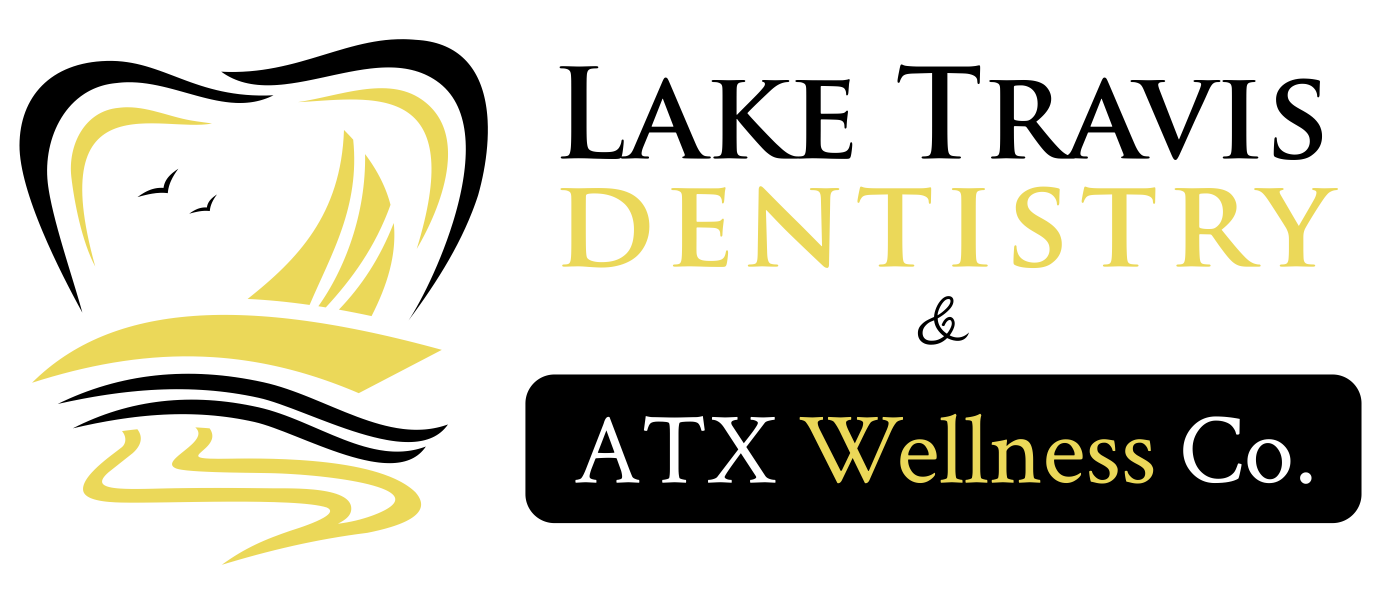A chipped or knocked-out tooth and toothache are some of the most common dental emergencies. Knowing how to handle such dental emergencies is essential. This is because how you react to a dental emergency may dictate whether or not you’ll save your natural tooth, alleviate pain, or reduce bleeding. We will discuss some common dental emergencies and help you determine what a dental emergency is and how you can handle them. So, keep on reading to learn more.
What is a Dental Emergency?
A dental emergency is any tooth-related problem like an injury to your tooth or soft tissues in your mouth that warrants immediate treatment. For instance, if you’re involved in an accident and notice that your tooth is knocked out, you need to go to the emergency dental care. The emergency dentist will examine your dental issue to save your natural tooth.
What are the Various Types of Dental Emergencies?
Here are the common dental emergencies:
1) Toothache
When you experience pain in your tooth, it can be difficult for you to chew food, talk or even smile. Therefore, pain is never a good sign. Pain can result from a dental abscess, tooth decay, or a cracked tooth. Furthermore, if the toothache is accompanied by swelling, you need to contact our emergency dentist in Austin, TX.
2) Knocked-out Tooth
Accidents do happen, and they may leave you with a knocked-out tooth. Going to the emergency dentistry, is essential as our dentist at 78734 can alleviate the pain caused by a knocked-out tooth, control bleeding and restore the natural tooth.
3) Broken or Chipped Tooth
Biting down on something using force or removing a bottle top using your tooth can lead to chipping of your tooth. Having a chipped tooth ruins your perfect smile and can cause intense pain. Moreover, there can be bleeding that needs to be controlled. Seeking emergency dental care is recommended to help control the bleeding.
4) Lost Crown or Filling
Tooth fillings are used to fill cavities caused by tooth decay. So, when the tooth filling gets dislodged, your tooth is left vulnerable to decay and can easily break. Furthermore, a dental crown protects a damaged or weak tooth. Therefore, losing it means that the tooth is prone to damage. This is why losing a crown or filling is classified as a dental emergency.
5) Abscess
Dental abscess is a severe infection in your mouth that usually occurs near the tooth root or between the teeth and gums. If left unaddressed, an abscess can spread to other healthy surrounding tissues and teeth. You can check for a painful pimple-like swollen spot in your gums, indicating a dental abscess.
6) Bleeding
There are a lot of causes of bleeding. For example, if you have undergone a dental procedure like tooth removal, you might notice bleeding afterwards. You might also experience bleeding when you floss your teeth, which can indicate gum disease. Whatever the case, bleeding in your oral cavity is not a good sign and should not be taken lightly.
7) Mouth Sores
Sores in your mouth may be caused by eating hot food, biting your lip or cheek, irritation from braces or brushing too hard. A mouth sore might not seem like an emergency but can indicate gum disease. As we know, untreated gum disease leads to periodontitis: a more severe condition.
How To Handle Various Dental Emergencies?
Here are the tips on how you can handle various dental emergencies:
a) Toothache
Despite having a toothache, you should not take over-the-counter painkillers as they will mask the pain and not address the cause. Instead, utilize a cold compress on the outside of the cheek where the tooth is aching. After doing so, contact the emergency dentist near you.
b) Knocked out Tooth
If you can locate the knocked-out tooth, pick it by the exposed part (the crown) and rinse the root if it’s dirty. Don’t scrub the tooth or remove any attached tissues. You can try to restore the tooth back into its socket. If it’s not possible, soak the tooth in a cup of milk with a salt pinch. Doing so will preserve the tooth for emergency restoration at Lake Travis Family & Cosmetic Dentistry.
c) Broken or Chipped Tooth
Use warm water to rinse your mouth and place a gauze if there’s any bleeding. You can utilize an ice pack and place it on the cheek to reduce pain and swelling.
d) Lost Filling or Crown
If you lose a dental filling, place a sugarless gum into the cavity to prevent the entry of bacteria. However, don’t try and fix the tooth yourself, as you can damage it further.
e) Bleeding
Before checking in with the emergency dentist, place a thick gauze pad over the bleeding area and bite down slightly on the gauze to control bleeding. You should avoid eating, drinking, sucking and spitting as it can increase bleeding.
Visit an Emergency Dentist Near You
Now that you know the common dental emergencies and how to handle them, looking for emergency dental care is imperative as it prevents worsening the situation. So, if you’re faced with any dental emergency & looking for emergency dental care near Lakeway, TX, it is not time to panic but time to act by contacting Lake Travis Family & Cosmetic Dentistry for emergency dentistry at 78734!
